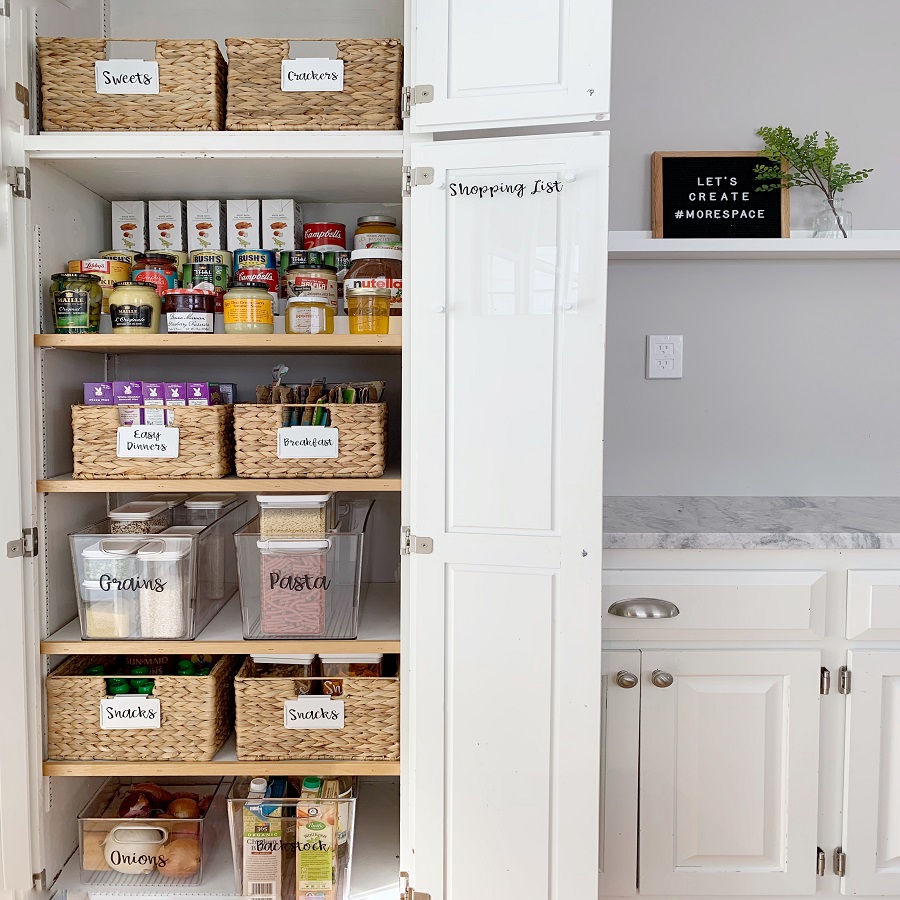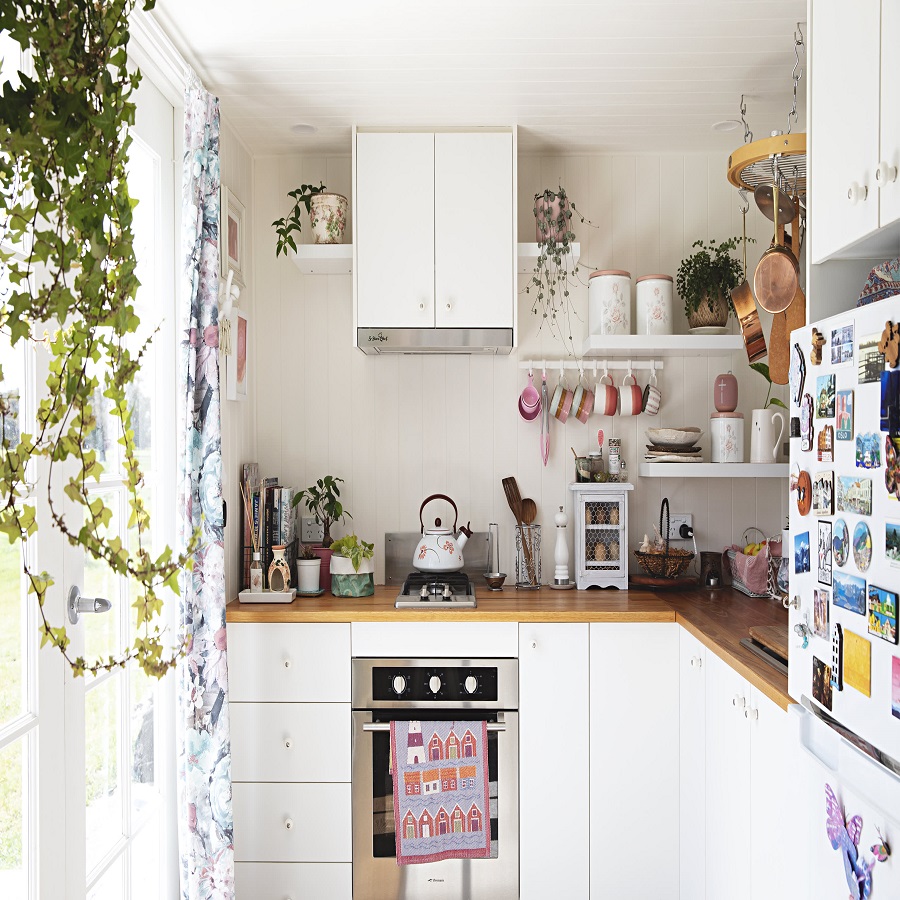Introduction
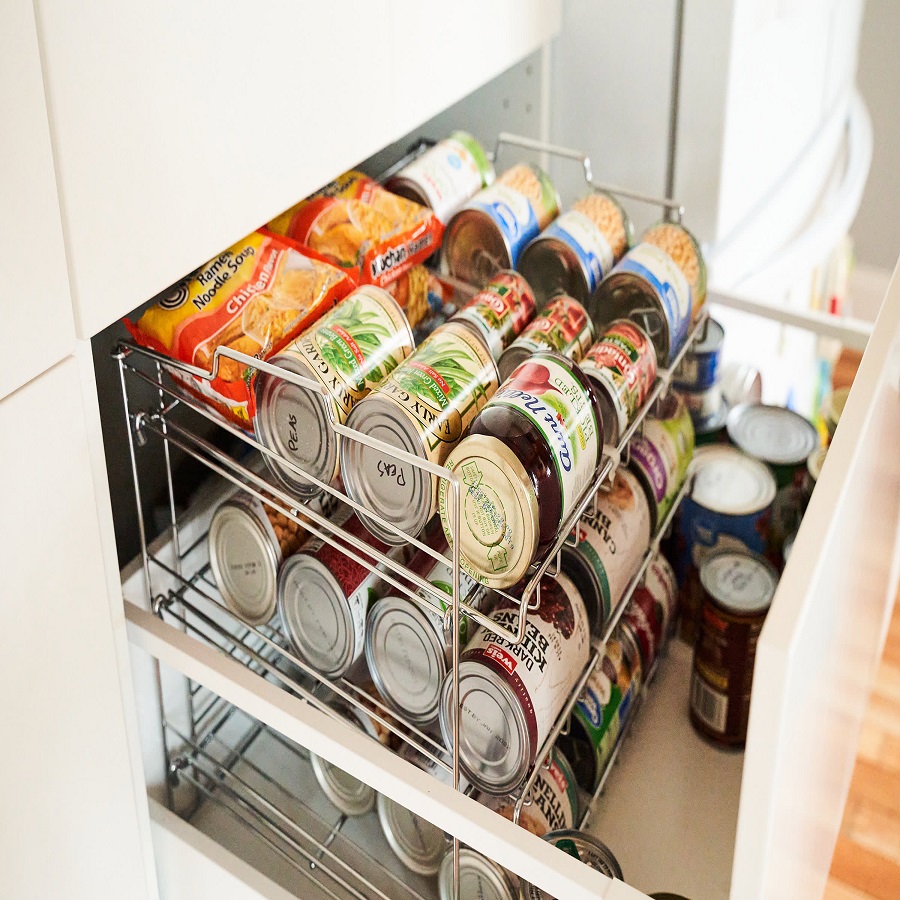
Utilize Vertical Space
High Cabinets and Shelving
Make use of your kitchen’s vertical space by installing high cabinets or open shelving. By storing frequently used items at eye level and placing lesser-used items higher up, you can clear counter space and create a more organized look. Remember to store your heaviest items on lower shelves to avoid any strain when reaching for them.
Wall-Mounted Racks and Hooks
Invest in wall-mounted racks and hooks to hang pots, pans, and utensils. Not only does this free up space in your cabinets, but it also creates a visually appealing display. Magnetic knife strips can be used to keep knives within reach and reduce clutter on countertops.
Clever Drawer Solutions
Dividers and Organizers
Drawers can become a black hole for miscellaneous kitchen equipment if not organized properly. Use drawer dividers to create compartments for utensils, measuring cups, and spatulas. There are adjustable dividers available that can fit any drawer size, ensuring that everything has a designated spot.
Pull-Out Shelves
Consider installing pull-out shelves or baskets in deeper drawers to make items at the back easily accessible. This is particularly useful for storing pots, pans, and appliances that are not used daily, helping to keep your main workspace uncluttered.
Smart Pantry Organization
Clear Containers
Transferring dry ingredients like flour, sugar, and pasta into clear containers not only looks aesthetically pleasing but also makes it easier to identify what’s inside. Label each container to avoid confusion, and stack them neatly on shelves. This approach can help you save space and minimize food wastage.
Use of Tiered Organizers
Tiered organizers can maximize vertical space in your pantry. By stacking items, you can easily see everything at a glance and reach for what you need without digging through a pile of boxes or bags.
Zone Your Kitchen
Create Functional Areas
Segment your kitchen into zones based on activity type: cooking, prep, baking, and serving. Store related items within each zone to streamline your workflow. For example:
- Cooking Zone: Place pots, pans, and spices near the stove.
- Baking Zone: Keep mixing bowls, measuring cups, and baking sheets stored together, accessible near your prep area.
- Serving Zone: Use a dedicated space for dinnerware and serving platters close to your dining area.
Multi-Functional Furniture
Kitchen Islands
If space allows, a kitchen island can be a tremendous help for both cooking and storage. Look for islands with built-in shelves or cabinets to store appliances, cookbooks, and pantry items. Some islands come with seating options, doubling as a dining area.
Foldable and Nesting Furniture
In smaller kitchens, consider foldable tables and nesting chairs that can be stored away when not in use. This flexibility allows you to maximize space without sacrificing functionality.
Innovative Appliance Storage
Under-Counter Appliances
Protect counter space by placing appliances like microwaves, toasters, or coffee makers in under-counter cabinets. This tactic keeps things out of sight while maintaining easy access.
Appliance Garage
An appliance garage, a small cabinet or pull-out area that can be hidden when not in use, can keep those bulky appliances organized. Out of sight can mean out of mind, allowing your countertops to remain clean and clear.
Creative Use of Food Storage
Hanging Fruit Baskets
Instead of cluttering the countertop with fruit bowls, consider hanging baskets or tiered fruit stands. This not only saves space but also adds a decorative touch to your kitchen.
Magnetic Storage for Spices
Avoid taking up cabinet space with traditional spice racks by using magnetic containers and adhering them to your refrigerator or a magnetic strip. This keeps spices visible and easily accessible, allowing you to quickly grab what you need while cooking.
Regular Decluttering
Seasonal Clean Out
Establish a routine for decluttering your kitchen. Every season, dedicate an hour to assess what you use and what you don’t. Donate or discard items that you no longer need or that are expired.
One-In, One-Out Rule
To maintain organization, practice the one-in, one-out rule. For every new item brought into the kitchen, consider letting go of something you no longer use. This helps prevent overcrowding and keeps your kitchen manageable.
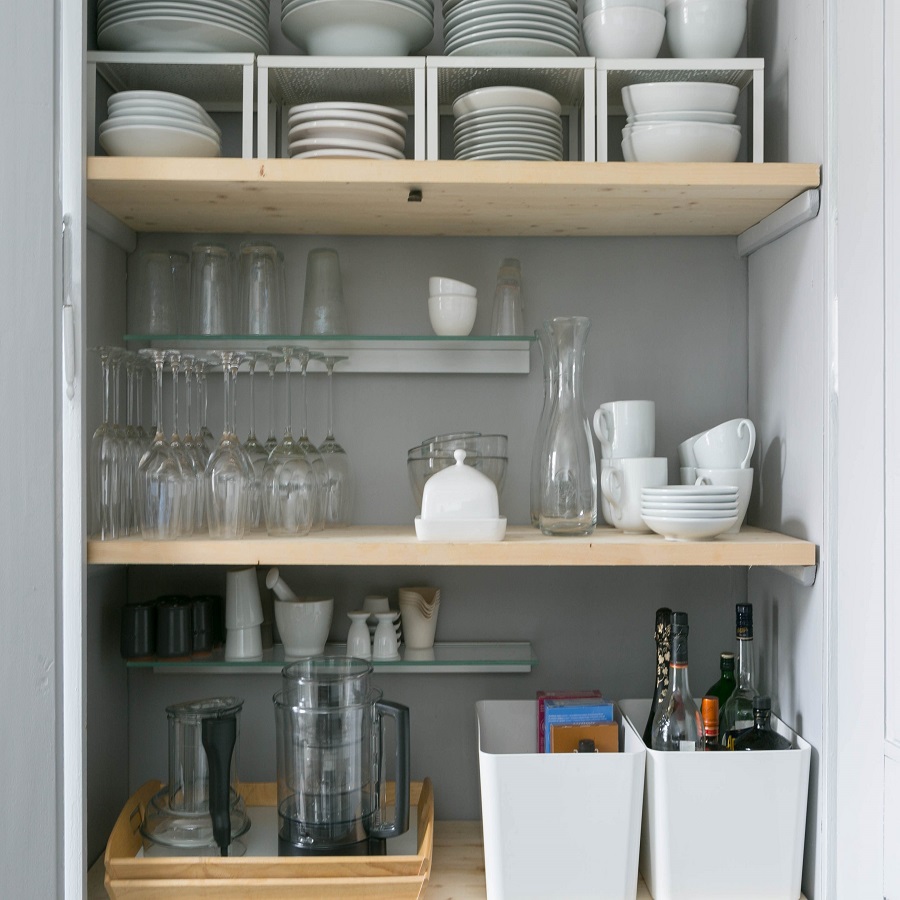
Understanding the Importance of a Clutter-Free Kitchen – How to organize kitchen
A clutter-free kitchen can significantly enhance your cooking experience. Here are a few reasons why decluttering your kitchen should be a priority:
- Enhanced Efficiency: A well-organized kitchen allows you to find everything you need quickly, saving you time and energy during meal prep.
- Stress Reduction: A clean and orderly environment can reduce anxiety and create a more relaxing culinary experience.
- Inspiration to Cook: When your kitchen is tidy, you’re more likely to feel inspired to cook new recipes and host gatherings.
- Food Safety: A clutter-free kitchen minimizes the risk of contamination and pest infestation, promoting a healthier cooking environment.
Decluttering Your Kitchen: Where to Start – How to organize kitchen
Before diving into storage solutions, it’s essential to declutter your kitchen. Here’s how to get started:
1. Empty and Evaluate
Take everything out of your kitchen cabinets, drawers, and pantry. As you remove items, assess their usefulness and frequency of use. Ask yourself the following questions:
- Do I use this? If it’s been unused for over a year, consider donating or discarding it.
- Does this fit my lifestyle? If the item doesn’t serve a purpose in your current cooking routine, it might not belong in your kitchen.
- Is it broken or damaged? Discard anything that can’t be repaired or that you no longer use.
2. Categorize
Sort your kitchen items into categories. Common categories include:
- Cookware (pots, pans, baking sheets)
- Utensils (spatulas, whisk, knives)
- Appliances (blender, toaster, food processor)
- Food storage (containers, wraps)
- Pantry items (canned goods, snacks, spices)
3. Set Limits
Once you’ve categorized your items, set limits on how many of each category you need. For example, limit yourself to a certain number of baking pans or kitchen gadgets, encouraging you to choose only the essentials.
Smart Storage Solutions for a Clutter-Free Kitchen – How to organize kitchen
Now that you’ve decluttered, it’s time to implement storage solutions. Here are some innovative ideas for maximizing your kitchen space:
1. Utilize Vertical Space
Shelving
Install shelves above counters or cabinets to store rarely used items. Floating shelves can also add an aesthetic touch while providing extra storage.
Wall-mounted Racks
Consider wall-mounted racks or pegboards for hanging pots, pans, and utensils. This not only saves cabinet space but also adds a decorative element to your kitchen.
2. Optimize Cabinet Space
Pull-out Drawers
Transform your deep cabinets into pull-out drawers, making it easier to access items in the back without having to dig through everything.
Lazy Susans
Use lazy Susans in corner cabinets or pantries to maximize accessibility. They’re perfect for storing spices, oils, or canned goods, allowing you to easily reach everything.
Stackable Bins
Invest in stackable bins to organize pantry items. Clear bins make it easy to see contents and maintain organization over time.
3. Invest in Multi-functional Furniture
Consider multi-functional furniture items such as an island with built-in storage or a dining table with hidden compartments. These pieces not only provide additional storage but also enhance the functionality of your kitchen.
4. Make the Most of Drawer Space
Dividers
Use drawer dividers to keep utensils, gadgets, and kitchen tools organized. This prevents clutter and makes it easy to find what you need.
Hooks
Attach hooks to the inside of cabinet doors or drawers to hang pot lids, measuring spoons, or small utensils, saving space while keeping essentials within reach.
5. Maximize Pantry Storage
Clear Containers
Use clear, airtight containers to store dry goods like flour, sugar, and grains. This not only looks visually appealing but also keeps food fresher for longer.
Labeling
Label your bins and containers to make it easier to find what you need quickly and maintain organization over time.
6. Incorporate Hidden Storage
Magnetic Strips
Install magnetic strips on walls or inside cabinets to hold knives, metal utensils, or spice jars, freeing up counter space while keeping essential tools handy.
Under-Cabinet Storage
Use the space under cabinets for hanging mugs or additional storage for spices and condiments. There are various under-cabinet racks available that can help you utilize this space effectively.
Maintaining Your Clutter-Free Kitchen – How to organize kitchen
Once you’ve transformed your kitchen into a clutter-free zone, maintaining that order is crucial. Here are some strategies to help you keep your kitchen organized:
1. Implement a Daily Cleaning Routine
Set aside time each day to tidy up your kitchen after meals. Wipe down surfaces, wash dishes, and put items back in their designated places to prevent clutter from building up.
2. Conduct Regular Assessments
Every few months, take time to reassess your kitchen organization. Check for items that may have slipped through the cracks and ensure everything is in its rightful place.
3. Involve the Family
Encourage all family members to participate in kitchen organization and cleanliness. Teach kids to return items to their places and participate in meal prep, fostering a communal sense of responsibility.
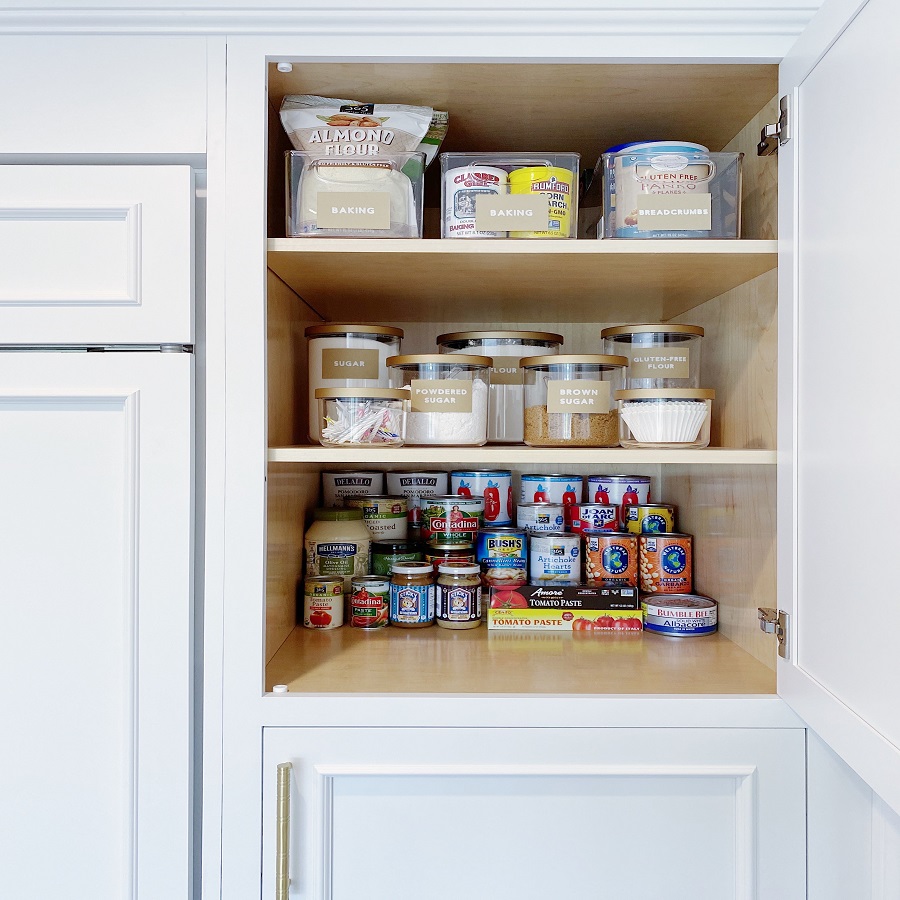
Conclusion – How to organize kitchen
Creating an organized kitchen involves a mix of creativity, practicality, and regular maintenance. By adopting these space-maximizing ideas, you can transform your kitchen into an efficient, functional space that reflects your cooking style and needs. Whether you’re a gourmet chef, a busy parent, or a novice cook, an organized kitchen will not only enhance your cooking experience but also contribute to the overall ambiance of your home. Embrace these tips, and enjoy the art of cooking in a beautifully organized environment!

